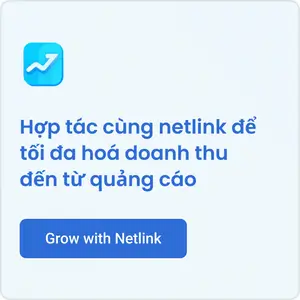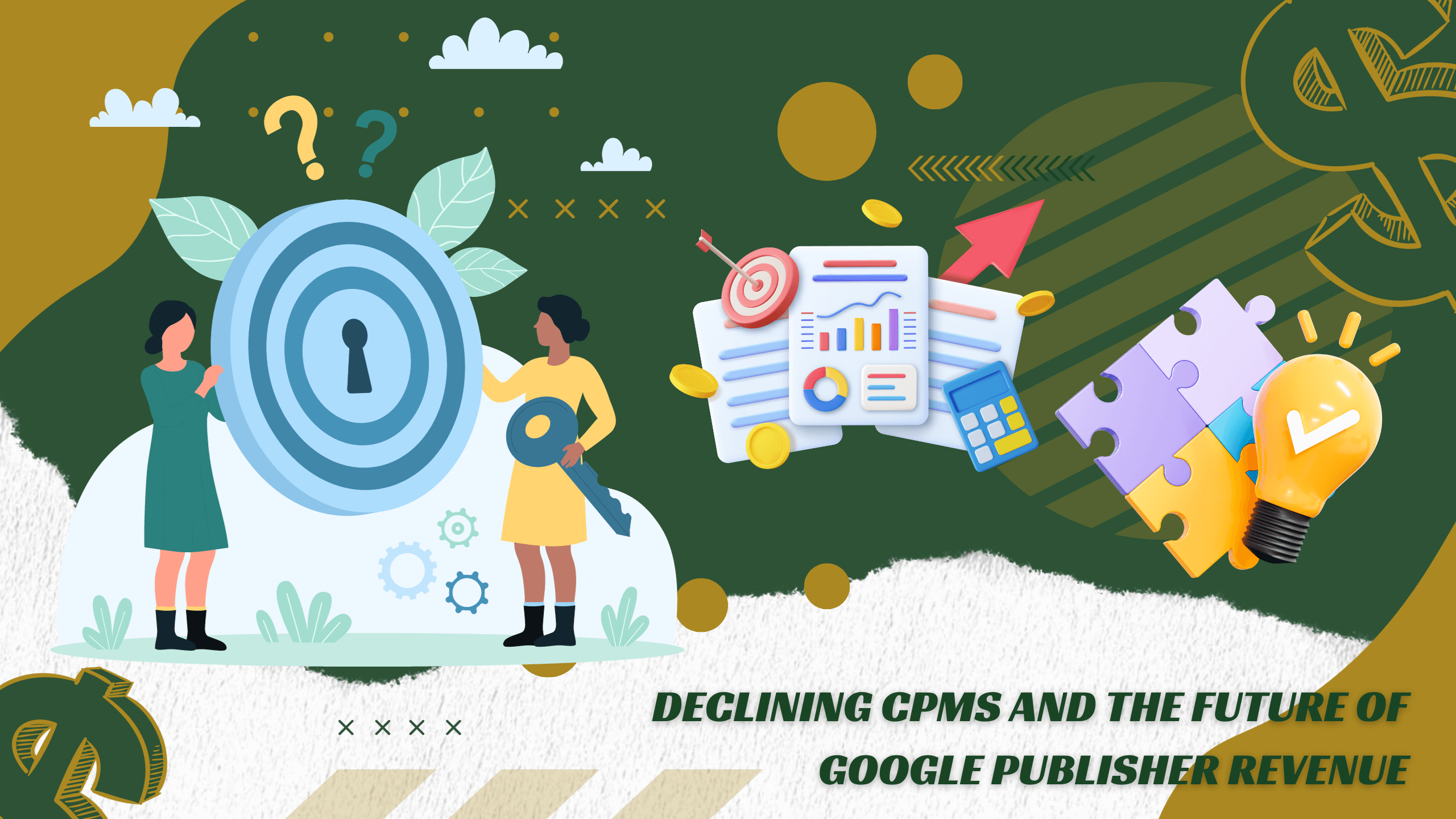Multivariate testing, often referred to as MVT, emerges as a powerful tool in the arsenal of Google Publishers. It’s a method that goes beyond traditional A/B testing, allowing publishers to experiment with multiple variables simultaneously. This comprehensive guide delves deep into the world of multivariate testing, offering Google Publishers insights into what it is, how it works, why it’s essential, best practices, and real-world examples of its successful implementation.
I. Understanding Multivariate Testing
1. What is Multivariate Testing?
Multivariate testing is a sophisticated experimentation technique used in the realm of digital publishing and marketing. It involves simultaneously testing multiple variations of various elements on a webpage or within an application. These elements can include headlines, images, ad placements, call-to-action buttons, and more.
The primary goal of multivariate testing is to identify the optimal combination of these elements that yields the highest conversion rate, engagement, or other key performance indicators (KPIs). In essence, it helps publishers discover what resonates most with their audience, leading to data-driven decisions that enhance user experience and drive desired actions.

2. How Does Multivariate Testing Work?
Multivariate testing operates on a simple yet robust principle: systematic experimentation. Here’s how it typically works:
– Identify Variables: Publishers first identify the various elements or variables they want to test on their website or app. These could range from the colour of a call-to-action button to the placement of an ad banner.
– Create Variations: For each of the selected variables, publishers create multiple variations. For example, if they’re testing the headline text, they might create three different headlines.
– Generate Combinations: Multivariate testing tools then generate combinations by pairing these variations. So, if there are three headline variations and two button colour variations, there would be six possible combinations to test.
– Randomized Display: These combinations are then randomly displayed to website visitors or app users. The testing tool ensures that each combination gets a fair share of exposure.
– Data Collection: As users interact with the different combinations, the testing tool collects data on user behavior and outcomes. This includes metrics like click-through rates, bounce rates, conversion rates, and more.
– Statistical Analysis: The collected data undergoes rigorous statistical analysis to determine which combination(s) performed best based on the specified KPIs.
– Implementation: Once the winning combination(s) are identified, publishers can implement these changes on their website or app, knowing that they are backed by data and likely to improve user engagement and conversion rates.
3. Why Multivariate Testing Matters for Google Publishers
Multivariate testing offers several compelling advantages that make it indispensable for Google Publishers:
– Comprehensive Insights: Unlike A/B testing, which tests only one element at a time, multivariate testing enables publishers to understand how multiple variables interact with each other. This leads to more nuanced insights into user behaviour.
– Optimized Experiences: By identifying the best-performing combinations of elements, publishers can create more engaging and conversion-friendly user experiences.
– Data-Driven Decision-Making: Multivariate testing is inherently data-driven. Publishers can make informed decisions based on statistical evidence rather than gut feelings or assumptions.
– Continuous Improvement: The digital landscape is in a constant state of flux. What works today may not work tomorrow. Multivariate testing allows publishers to adapt to changing user preferences and trends effectively.
– Maximized Conversions: Ultimately, the goal of any publisher is to maximize conversions, whether that means more clicks on ads, increased subscriptions, or higher engagement with content. Multivariate testing helps achieve this goal.
II. Types of Multivariate Testing
Multivariate testing can be categorized into two primary types based on its approach:
– Full Factorial Testing: In this method, all possible combinations of variations are tested. It provides the most comprehensive insights but can be resource-intensive, especially for websites or apps with many variables.
– Fractional Factorial Testing: This approach tests only a subset of all possible combinations, significantly reducing the number of tests required. While it may not provide as detailed insights as full factorial testing, it’s more practical for websites with many variables.
III. Benefits of Multivariate Testing
The benefits of multivariate testing for Google Publishers are abundant, making it an invaluable tool in their optimization toolkit:
1. Enhanced User Experience:
Multivariate testing allows publishers to fine-tune their websites and applications for an improved user experience. By identifying the combinations that resonate most with users, publishers can reduce bounce rates, increase time-on-page, and encourage desired actions.
2. Increased Engagement:
Engaging users is crucial for publishers. Multivariate testing helps identify the elements and layouts that capture user attention and encourage interaction. Whether it’s more clicks on ads, higher video view times, or increased social sharing, multivariate testing can drive engagement metrics up.
3. Higher Conversions:
Ultimately, conversions are the lifeblood of many publishers. Whether it’s signing up for a newsletter, making a purchase, or clicking on an affiliate link, multivariate testing can optimize the path to conversion, leading to increased revenue.
4. Informed Content Strategy:
Content is king in the digital world. Multivariate testing can shed light on what types of content, headlines, and images resonate most with the audience, helping publishers create content that captures attention and drives traffic.

5. Better Ad Performance:
For publishers relying on ad revenue, multivariate testing can optimize ad placement, design, and targeting. This can lead to higher click-through rates (CTR) and increased earnings from ads.
6. Adaptation to Trends:
The digital landscape evolves rapidly. Multivariate testing allows publishers to adapt to changing trends and user preferences effectively. What worked last year may not work today, and multivariate testing helps publishers stay ahead of the curve.
7. Data-Backed Decisions:
In a world where data is king, multivariate testing provides publishers with the data they need to make informed decisions. It takes the guesswork out of optimization.
8. Competitive Edge:
Publishers who embrace multivariate testing gain a competitive edge. By consistently optimizing their user experience and content, they can outperform competitors who rely on intuition alone.
IV. Best Practices for Multivariate Testing
To harness the full potential of multivariate testing, Google Publishers should follow these best practices:
1. Clearly Define Objectives:
Before conducting multivariate tests, publishers should have clear objectives. What specific goals are they trying to achieve? Whether it’s higher CTR, longer time-on-page, or increased conversions, defined objectives guide the testing process.
2. Prioritize Variables:
Not all variables are created equal. Publishers should prioritize testing the elements that are most likely to have a significant impact on user behaviour and KPIs.
3. Collect Enough Data:
To draw meaningful conclusions, publishers need a sufficient amount of data. Running tests for too short a duration or with too small a sample size can lead to unreliable results.
4. Regularly Monitor and Adjust:
Multivariate testing is an ongoing process. Publishers should regularly monitor test results and be prepared to make adjustments as needed. What works today may not work tomorrow.
5. Segment Audiences:
Not all users are the same. Segmenting the audience based on demographics, behaviour, or other factors can lead to more targeted and effective testing.
6. Keep Testing:
Multivariate testing is not a one-time endeavour. It should be a continuous part of a publisher’s optimization strategy. Regular testing ensures that the website or app remains aligned with user preferences and industry trends.

V. Real-World Examples
To illustrate the power of multivariate testing, let’s explore a couple of real-world examples:
Example 1: Headline and Image Testing
A digital news publisher wanted to increase user engagement with its articles. They decided to test variations of headlines and images on their homepage. Through multivariate testing, they discovered that articles with emotionally charged headlines and images of people performing the actions described in the articles received significantly higher click-through rates.
Example 2: Ad Placement Optimization
An e-commerce website relies heavily on ad revenue. They conducted multivariate testing to determine the most effective ad placements on their product pages. After testing various combinations, they found that placing a display ad below the product description and another ad in the sidebar led to a 25% increase in ad revenue without negatively impacting user experience.
Conclusion
Multivariate testing is the compass that guides Google Publishers through the ever-shifting digital landscape. By systematically experimenting with multiple variables simultaneously, publishers can uncover the winning combinations that boost user engagement, conversions, and revenue. In a world where data-driven decisions reign supreme, multivariate testing empowers publishers to adapt, optimize, and stay ahead of the competition. Embracing this methodology is not just an option; it’s a necessity for those who seek to thrive in the digital publishing arena.











